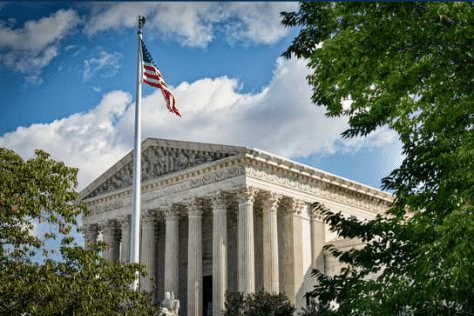
Table Of Contents
VA Disability for Hypertension
Hypertension is a serious problem in the United States. Nearly half of adults in the country–well over 100 million people–have high blood pressure. But hypertension can be dangerous. A veteran who suffers from service-connected hypertension may be entitled to VA disability benefits, including monthly monetary benefits and health care. Here’s how a veteran may qualify for VA disability for high blood pressure.
Table of Contents
Establish a Service Connection
A veteran may collect VA disability benefits for high blood pressure only if the condition is found to be connected to their military service. In limited circumstances, this service connection may be presumed.
Presumptive Service Connection
Hypertension is presumed service-connected for veterans who were exposed to Agent Orange during their military service. High blood pressure is also one of the chronic conditions that is presumed service-connected if the onset of the medical condition is within 12 months of leaving military service.
Most veterans applying for VA disability for high blood pressure will have to establish a service connection by showing the exposure, event, or service-connected condition that caused the hypertension. This generally requires both evidence of the event or exposure and a letter from a medical expert explaining the connection between that event, exposure, or other condition and the high blood pressure.

VA Disability Ratings for Hypertension
Not every veteran who suffers from high blood pressure qualifies for VA disability benefits–even if the condition is found to be service-connected. That’s because the VA applies certain criteria to assign a disability rating. If the veteran’s condition fails to meet the lowest level criteria, they won’t be qualified for benefits. And, the VA disability benefits available will depend on the disability rating.
Hypertension and isolated systolic hypertension have a specialized rating schedule, which allows for VA disability ratings of 10%, 20%, 40% or 60%. Other hypertension-related conditions are assessed differently. Here’s how those ratings break out:
- 10% disability rating: Diastolic pressure predominately 100 or greater (or a history of such with continuous medication required) or systolic pressure predominately 160 or higher
- 20% disability rating: Diastolic pressure predominately 110 or higher or systolic pressure predominately 200 or higher
- 40% disability rating: Diastolic pressure predominately 120 or higher
- 60% disability rating: Diastolic pressure predominately 130 or higher
Note that many people who have been diagnosed with chronic high blood pressure do not meet the criteria for VA disability benefits, because high blood pressure may be diagnosed at blood pressure readings of 140/90. It’s also important to know that hypertension creates an increased risk of certain other medical conditions, which may be considered secondary-connected conditions. A veteran who suffers from a secondary condition due to service-connected hypertension may qualify for a higher VA disability rating.
Get Help with Your VA Disability Claim
Securing the VA disability benefits you deserve depends on submitting the right evidence. At Veterans Help Group, our advocates work with disabled veterans and their families every day. We know what type of documentation the VA is looking for, and how to help you put together the strongest claim or appeal possible. To learn more about how we can help, call 855-855-8992 or fill out our contact form here.
LEARN MORE ABOUT YOUR VA DISABILITY:

Top Veteran Questions Answered: Reddit’s Most-Asked VA Disability Questions
Top Veteran Questions Answered: Reddit’s Most-Asked VA Disability Questions Look, we get it. The...

What Bufkin v. Collins Means for the “Benefit of the Doubt” Rule in VA Claims
What Bufkin v. Collins Means for the “Benefit of the Doubt” Rule in VA Claims The March 2025 U.S....

What are Effective Dates of VA Disability Claims and Why Do They Matter?
What are Effective Dates of VA Disability Claims and Why Do They Matter? In simple terms, the...





